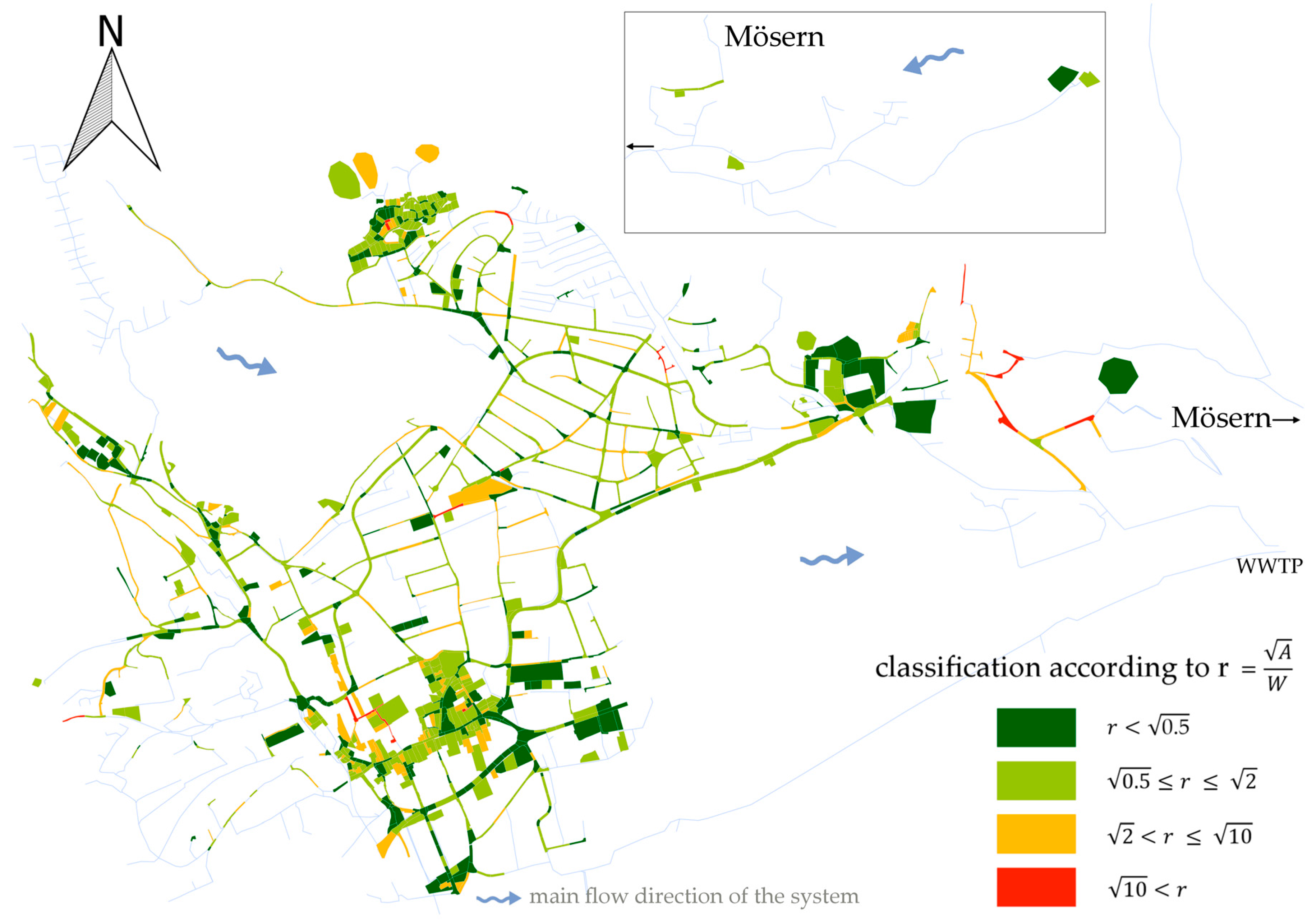Pcswmm Projected Layers Of Epidermis

Quizlet provides the integumentary system epidermis. Layers of The Integumentary System (EPIDERMIS). Keratin producing cells which are projected upward.
The epidermis is divided into five layers. From outside to inside (dermis).
Learning Objectives By the end of this section, you will be able to: • Identify the components of the integumentary system • Describe the layers of the skin and the functions of each layer • Identify and describe the hypodermis and deep fascia • Describe the role of keratinocytes and their life cycle • Describe the role of melanocytes in skin pigmentation Although you may not typically think of the skin as an organ, it is in fact made of tissues that work together as a single structure to perform unique and critical functions. The skin and its accessory structures make up the integumentary system, which provides the body with overall protection. The skin is made of multiple layers of cells and tissues, which are held to underlying structures by connective tissue (). The deeper layer of skin is well vascularized (has numerous blood vessels). It also has numerous sensory, and autonomic and sympathetic nerve fibers ensuring communication to and from the brain. View this to learn more about layers of the skin.
The skin consists of two main layers and a closely associated layer. View this to learn more about layers of the skin. What are the basic functions of each of these layers? Game billiard offline gratis untuk pcpao. The Epidermis The epidermis is composed of keratinized, stratified squamous epithelium. It is made of four or five layers of epithelial cells, depending on its location in the body.
It does not have any blood vessels within it (i.e., it is avascular). Skin that has four layers of cells is referred to as “thin skin.” From deep to superficial, these layers are the stratum basale, stratum spinosum, stratum granulosum, and stratum corneum. Most of the skin can be classified as thin skin. “Thick skin” is found only on the palms of the hands and the soles of the feet.
It has a fifth layer, called the stratum lucidum, located between the stratum corneum and the stratum granulosum (). Thin Skin versus Thick Skin. These slides show cross-sections of the epidermis and dermis of (a) thin and (b) thick skin.
Note the significant difference in the thickness of the epithelial layer of the thick skin. From top, LM × 40, LM × 40. (Micrographs provided by the Regents of University of Michigan Medical School © 2012) The cells in all of the layers except the stratum basale are called keratinocytes.
A keratinocyte is a cell that manufactures and stores the protein keratin. Keratin is an intracellular fibrous protein that gives hair, nails, and skin their hardness and water-resistant properties. The keratinocytes in the stratum corneum are dead and regularly slough away, being replaced by cells from the deeper layers (). View the University of Michigan WebScope at to explore the tissue sample in greater detail.
View the University of Michigan WebScope at to explore the tissue sample in greater detail. If you zoom on the cells at the outermost layer of this section of skin, what do you notice about the cells? Stratum Basale The stratum basale (also called the stratum germinativum) is the deepest epidermal layer and attaches the epidermis to the basal lamina, below which lie the layers of the dermis. The cells in the stratum basale bond to the dermis via intertwining collagen fibers, referred to as the basement membrane. A finger-like projection, or fold, known as the dermal papilla (plural = dermal papillae) is found in the superficial portion of the dermis.
- четверг 03 января
- 12